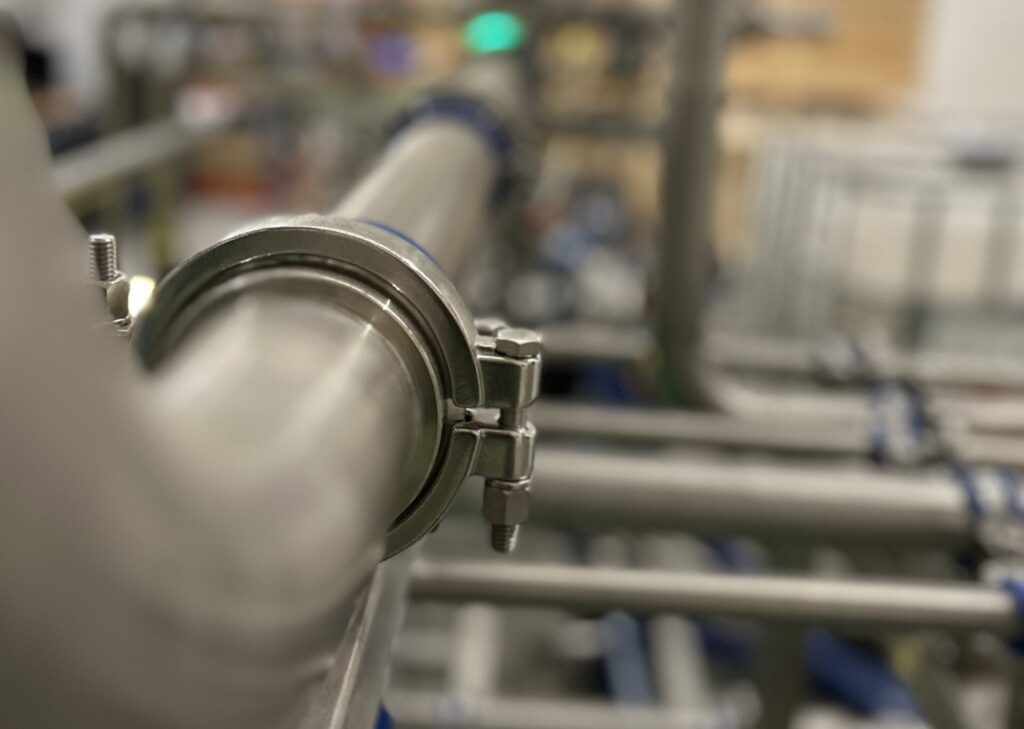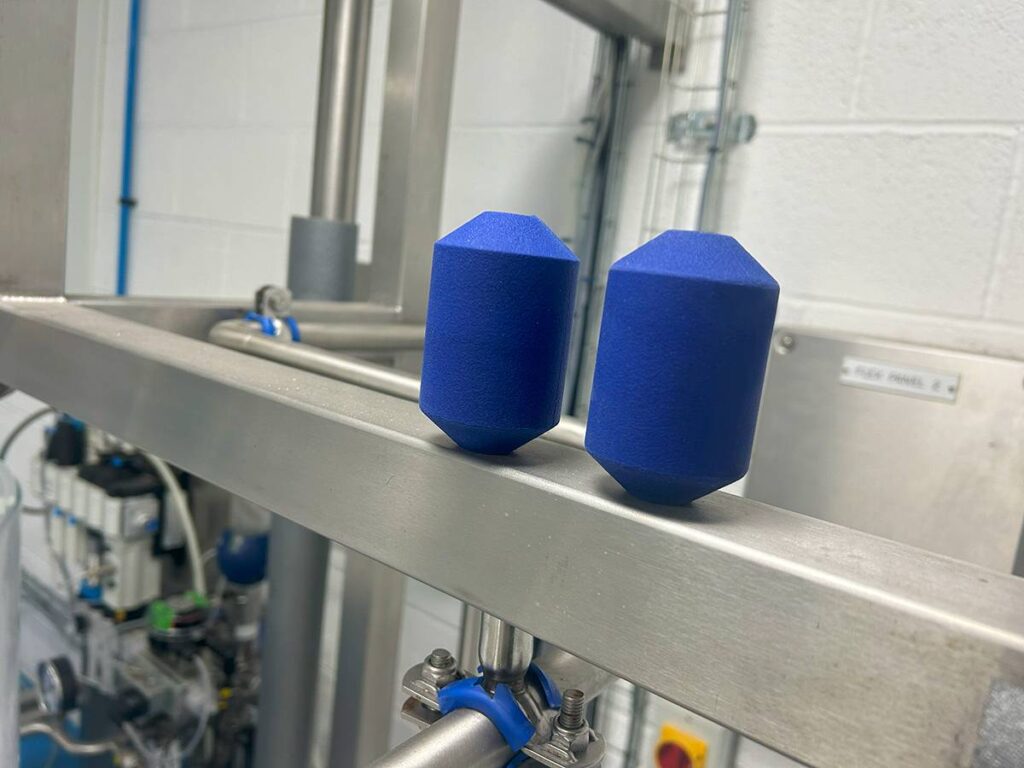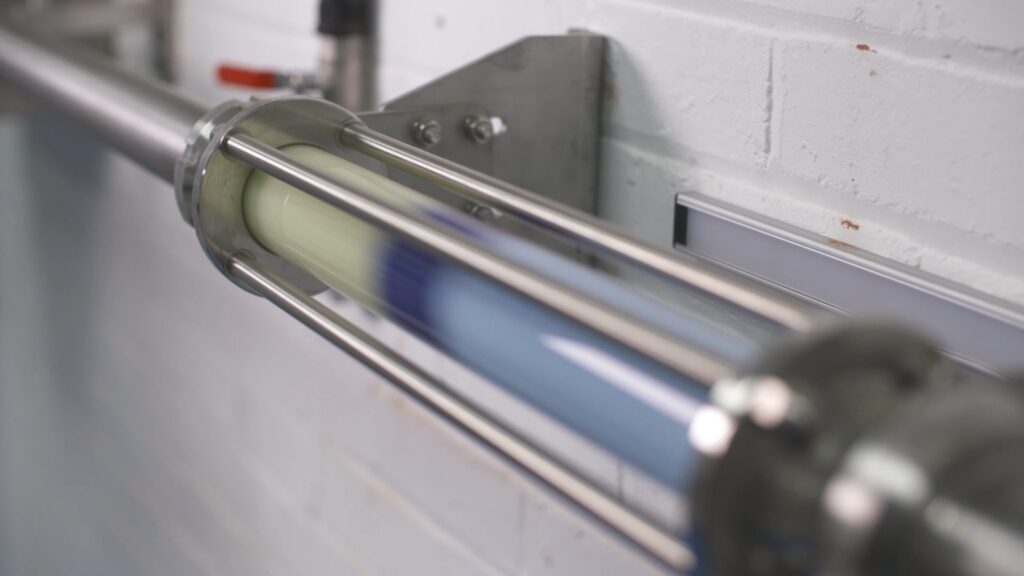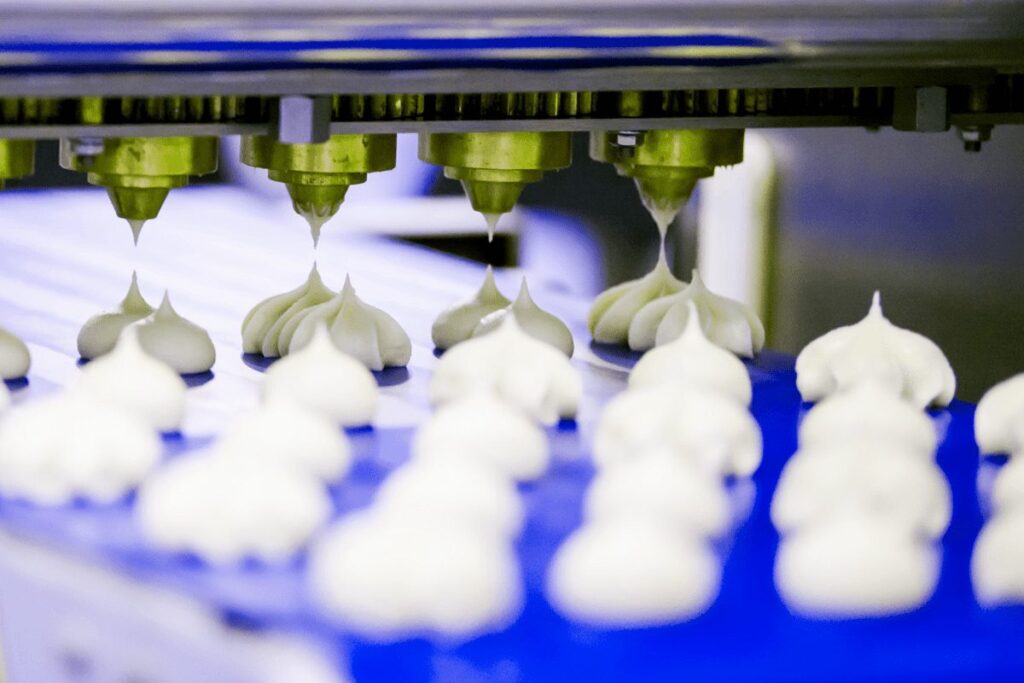Industry specialists such as HPS Product Recovery Solutions refer to these as “leaks” -and they’re far more common than many producers realise.
Even well-run facilities can experience losses in product, time, resources, and environmental performance.
But here’s some good news.
Advanced Liquid Product Recovery (which is a type of ‘pigging’) technology offers a simple, effective way to identify and eliminate these inefficiencies.
Here are four key areas where food and beverage processors typically experience efficiency, profit, sustainability and competitive leaks. And most importantly, how modern pigging systems, such as those offered HPS, can help address them:
What Is Pigging?
Pigging is a hygienic process that uses a specialist projectile, called a “pig”, to recover nearly all residual product from the inside of pipes. The pig is propelled through the pipe, pushing out nearly all of the remaining product, which can then be packaged or reused. Modern pigging systems, like those from HPS, are fully automated, safe for food use, and work with a wide range of liquids, from sauces, dips, and syrups to juices, and spirits.
Four Common Leaks in Food and Beverage Processing and How Pigging Solves Them
Profit Leaks
One of the most visible (and costly) leaks is lost product. During changeovers, many manufacturers flush perfectly good, high-value product down the drain, or downgrade it by mixing it with water or the next product in the sequence. It’s not just product waste. It’s profit waste.
HPS pigging systems recover up to 99.5% of residual product from pipelines, allowing manufacturers to sell or reuse product that would otherwise be flushed away as part of the changeover and cleaning process.It’s one of the key reasons companies in the food and beverage sector contact HPS: they’re losing product, and money – every single time they change from one batch to the other.
Efficiency Leaks
Changeovers and cleaning processes take time. That time often translates to lost production, increased labour costs, and high energy usage. Especially with hot flushes and extended clean-in-place (CIP) cycles.
Pigging technology streamlines these processes. Because the product is pushed out of the pipeline before flushing or cleaning begins, there’s far less (barely a trace) to remove.
That means faster changeovers, shorter CIP cycles, and more uptime. For food and beverage plants under pressure to do more with less, this operational efficiency is invaluable.
Sustainability Leaks
Today’s food and beverage companies face mounting pressure to reduce their environmental impact. However, flushing many litres of product, water, and chemicals down the drain creates vast amounts of effluent, which is costly to treat, store, and transport. It’s bad for the environment and green credentials.
Pigging helps reduce these sustainability leaks. By maximising product recovery and minimising the use of water and cleaning agents, HPS systems reduce wastewater volumes, energy consumption, and the carbon footprint associated with processing and cleaning.
It’s a smart step towards cutting Scope 1 and 2 emissions and a potential driver of Scope 3 reductions when working collaboratively across the supply chain.
Competitive Leaks
In today’s fast-moving food and beverage sector, staying ahead requires continuous improvement. But many manufacturers are simply too busy to review processes or adopt new technologies.
As a result, competitors who invest in efficiency-enhancing systems like pigging can gain a critical edge, improving cost control, quality, sustainability, and responsiveness.
Key Stats: The Impact of Pigging Technology
Here are some key examples of how pigging has helped manufacturers improve their processes:
- Recovered up to 99.5% of product from pipelines, reducing waste significantly
- Saved 1,200 gallons of product per cycle – money that would otherwise be flushed away
- Increased yields by 4%, which translates to an extra 48,000 cans per week for a beverage manufacturer.
- Cut sanitisation times from 2-3 hours to just 15 minutes, improving overall production uptime
- Reduced product waste from 500-600 lbs per changeover to just a few pounds, cutting operational costs
- Saved 40 megalitres of water annually, reducing resource consumption and associated costs
- Lowered carbon footprints by reducing waste, water, and energy consumption, helping improve sustainability.
Stop Flushing Value Away
Every litre of lost product. Every unnecessary flush. Every minute of avoidable downtime. It all adds up, eating into margins, impacting sustainability goals, and reducing competitiveness.
Modern pigging technology, such as that provided by HPS Product Recovery Solutions, helps food and beverage manufacturers recover more product, reduce waste, and operate more efficiently, while supporting profitability and environmental performance.
For producers looking to optimise their processes and stop flushing value down the drain, pigging offers a proven, high-impact solution.













